Dacia Jogger vs VW Passat – Which one offers the better deal?
Two cars, one duel: Dacia Jogger meets VW Passat.
Which one wins in performance, efficiency and value for money? Find out now!
Costs and Efficiency: Price and efficiency are key factors when choosing a car – and this is often where the real differences emerge.
Dacia Jogger has a decisively advantage in terms of price – it starts at 15400 £, while the VW Passat costs 35700 £. That’s a price difference of around 20314 £.
Fuel consumption also shows a difference: VW Passat manages with 0.30 L and is therefore decisively more efficient than the Dacia Jogger with 4.70 L. The difference is about 4.40 L per 100 km.
Engine and Performance: Power, torque and acceleration say a lot about how a car feels on the road. This is where you see which model delivers more driving dynamics.
When it comes to engine power, the VW Passat has a convincingly edge – offering 272 HP compared to 140 HP. That’s roughly 132 HP more horsepower.
In acceleration from 0 to 100 km/h, the VW Passat is decisively quicker – completing the sprint in 5.80 s, while the Dacia Jogger takes 9.80 s. That’s about 4 s faster.
In terms of top speed, the VW Passat performs clearly perceptible better – reaching 250 km/h, while the Dacia Jogger tops out at 174 km/h. The difference is around 76 km/h.
There’s also a difference in torque: VW Passat pulls significantly stronger with 400 Nm compared to 200 Nm. That’s about 200 Nm difference.
Space and Everyday Use: Beyond pure performance, interior space and usability matter most in daily life. This is where you see which car is more practical and versatile.
Seats: Dacia Jogger offers distinct more seating capacity – 7 vs 5.
In curb weight, Dacia Jogger is noticeable lighter – 1251 kg compared to 1573 kg. The difference is around 322 kg.
In terms of boot space, the VW Passat offers to a small extent more room – 690 L compared to 607 L. That’s a difference of about 83 L.
In maximum load capacity, the VW Passat performs minimal better – up to 1920 L, which is about 101 L more than the Dacia Jogger.
When it comes to payload, Dacia Jogger hardly perceptible takes the win – 582 kg compared to 577 kg. That’s a difference of about 5 kg.
Who wins the race?
The VW Passat proves to be outperforms in nearly all aspects and therefore becomes our DriveDuel Champion!
VW Passat is the better all-rounder in this comparison.
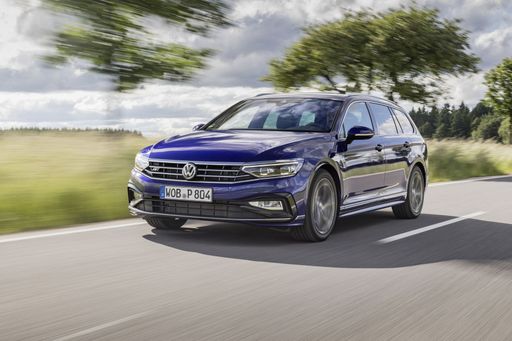
VW Passat
Dacia Jogger
The Dacia Jogger offers a spacious and versatile interior, making it an excellent choice for families seeking practicality and comfort. Its design combines the robustness of an SUV with the functionality of an estate, providing a reliable option for various driving needs. With a focus on affordability, the Jogger ensures that essential features are accessible without compromising on quality.
details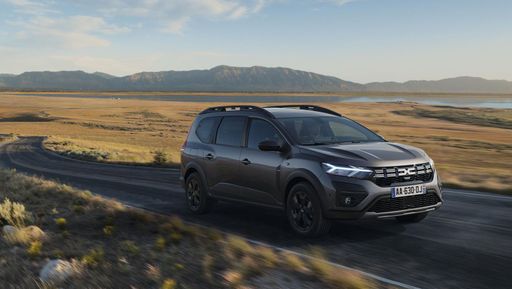 @ dacia-presse.de
@ dacia-presse.de
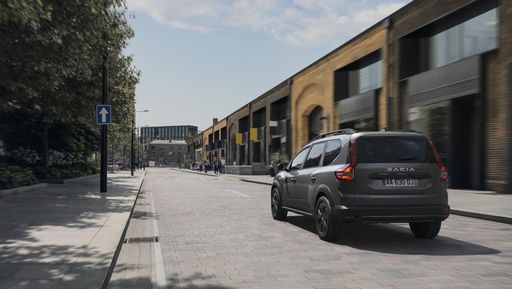 @ dacia-presse.de
@ dacia-presse.de
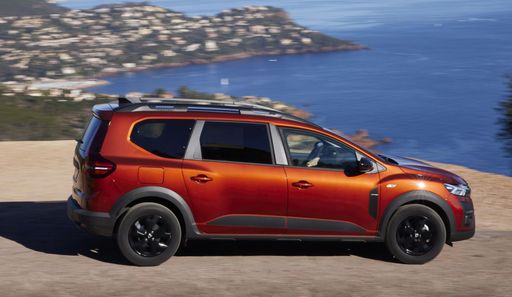 @ dacia-presse.de
@ dacia-presse.de
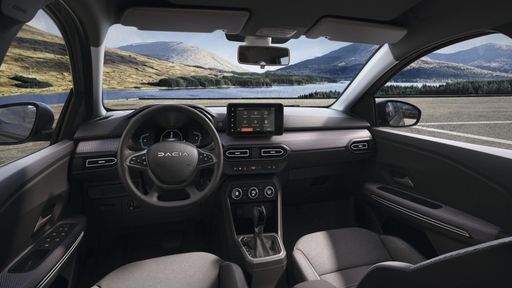 @ dacia-presse.de
@ dacia-presse.de
VW Passat
The VW Passat is a staple in the family saloon segment, known for its refined design and practicality. It effortlessly combines a comfortable ride with a spacious interior, making it a popular choice for long journeys. The cabin features high-quality materials and an intuitive infotainment system, providing a premium feel without sacrificing user-friendliness.
details @ volkswagen-newsroom.com
@ volkswagen-newsroom.com
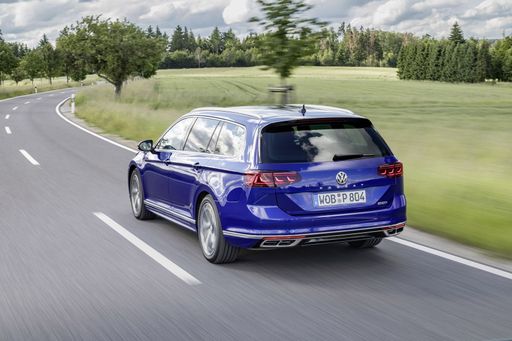 @ volkswagen-newsroom.com
@ volkswagen-newsroom.com
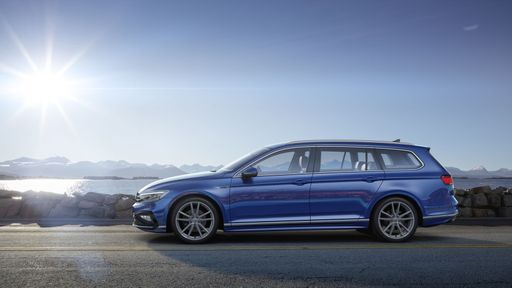 @ volkswagen-newsroom.com
@ volkswagen-newsroom.com
 @ volkswagen-newsroom.com
@ volkswagen-newsroom.com

|

|
|
|
|
Costs and Consumption |
|
|---|---|
|
Price
15400 - 23400 £
|
Price
35700 - 58500 £
|
|
Consumption L/100km
4.7 - 7.8 L
|
Consumption L/100km
0.3 - 8 L
|
|
Consumption kWh/100km
-
|
Consumption kWh/100km
-
|
|
Electric Range
-
|
Electric Range
124 - 133 km
|
|
Battery Capacity
0.60 kWh
|
Battery Capacity
19.70 kWh
|
|
co2
105 - 137 g/km
|
co2
7 - 181 g/km
|
|
Fuel tank capacity
40 - 50 L
|
Fuel tank capacity
45 - 66 L
|
Dimensions and Body |
|
|---|---|
|
Body Type
MPV
|
Body Type
Estate
|
|
Seats
5 - 7
|
Seats
5
|
|
Doors
5
|
Doors
5
|
|
Curb weight
1251 - 1460 kg
|
Curb weight
1573 - 1858 kg
|
|
Trunk capacity
160 - 607 L
|
Trunk capacity
510 - 690 L
|
|
Length
4547 mm
|
Length
4917 mm
|
|
Width
1784 mm
|
Width
1849 mm
|
|
Height
1674 mm
|
Height
1521 mm
|
|
Max trunk capacity
1807 - 1819 L
|
Max trunk capacity
1770 - 1920 L
|
|
Payload
393 - 582 kg
|
Payload
501 - 577 kg
|
Engine and Performance |
|
|---|---|
|
Engine Type
Full Hybrid, LPG, Petrol
|
Engine Type
Plugin Hybrid, Petrol, Petrol MHEV, Diesel
|
|
Transmission
Automatic, Manuel
|
Transmission
Automatic
|
|
Transmission Detail
Automatic Gearbox, Manual Gearbox
|
Transmission Detail
Dual-Clutch Automatic
|
|
Drive Type
Front-Wheel Drive
|
Drive Type
Front-Wheel Drive, All-Wheel Drive
|
|
Power HP
91 - 140 HP
|
Power HP
122 - 272 HP
|
|
Acceleration 0-100km/h
9.8 - 13.2 s
|
Acceleration 0-100km/h
5.8 - 10.7 s
|
|
Max Speed
167 - 174 km/h
|
Max Speed
212 - 250 km/h
|
|
Torque
160 - 200 Nm
|
Torque
250 - 400 Nm
|
|
Number of Cylinders
3 - 4
|
Number of Cylinders
4
|
|
Power kW
67 - 103 kW
|
Power kW
90 - 200 kW
|
|
Engine capacity
999 - 1598 cm3
|
Engine capacity
1498 - 1984 cm3
|
General |
|
|---|---|
|
Model Year
2024 - 2025
|
Model Year
2024 - 2025
|
|
CO2 Efficiency Class
C, D
|
CO2 Efficiency Class
B, G, D, E
|
|
Brand
Dacia
|
Brand
VW
|
What drivetrain options does the Dacia Jogger have?
The Dacia Jogger is offered with Front-Wheel Drive.
The prices and data displayed are estimates based on German list prices and may vary by country. This information is not legally binding.
